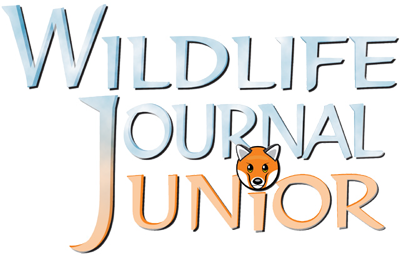 There is only one species in this order, the pronghorn. There is only one species in this order, the pronghorn.
The pronghorn is a unique North American mammal. Its Latin name, Antilocapra americana, means "American goat-antelope," but it is not a member of the goat or the antelope family, and it is not related to the antelopes found in Africa.
The pronghorn is the only surviving member of the Antilocapridae family and it has been in North America for over a million years.
The pronghorn is the fastest animal in the Western Hemisphere. It can run at speeds of up to 60 miles per hour, and it can run long distances at speeds of 30-40 miles per hour. It can make bounds of up to 20 feet when it is running. When the pronghorn runs, its mouth is open so it can breath in extra oxygen. Speed is important because the pronghorn lives in open areas, and there is no place to hide from a predator! It has to be able to run away to stay alive.
One subspecies of the American pronghorn, the Sonoran pronghorn,
is an endangered species. Sonoran pronghorns are also known as "prairie ghosts" because they are so hard to find. They are found in the Sonoran Desert in Arizona. There may only be as few as 30 alive in the wild today.
World Status Key
 Least Concern Least Concern  Near Threatened Near Threatened  Vulnerable Vulnerable  Endangered Endangered  Critically Endangered Critically Endangered  Extinct in Wild Extinct in Wild  Extinct Extinct
Status and range is taken from ICUN Redlist. If no status is listed, there is not enough data to establish status.
US Status Key
 Threatened in US Threatened in US  Threatened in NH Threatened in NH  Endangered in US Endangered in US  Endangered in NH Endangered in NH  Introduced Introduced
Status taken from US Fish and Wildlife and NH Fish and Game
New Hampshire Species |
|
North/Central American Species |
| None |
|
Pronghorn - Antilocapra americana 
Sonoran Pronghorn - Antilocapra americana sonoriensis  |
Additional Information Resource Key
 Profile Profile  Photos Photos  Video Video  Audio Audio
Pronghorn - Antilocapra americana     
The pronghorn is found from the southern Canadian Prairies through the western half of the United States to northern Mexico.
Source: Arkive Intended Audience: General Reading Level: Middle School
Pronghorn - Antilocapra americana    
The pronghorn eats sage, forbs, and grasses.
Source: Animal Diversity Web Intended Audience: General Reading Level: Middle School
Pronghorn - Antilocapra americana    
The horns of the pronghorn are a cross between horns and antlers.
Source: San Diego Zoo Intended Audience: General Reading Level: Middle School
Pronghorn - Antilocapra americana    
The pronghorn is the only living member of its family in the world.
Source: Great Plains Nature Center Intended Audience: Students Reading Level: Elementary/Middle School
Pronghorn - Antilocapra americana     
The pronghorn can run at speeds of more than 53 miles per hour.
Source: National Geographic Intended Audience: General Reading Level: Middle School
Pronghorn - Antilocapra americana    
The young are born in late May or early June and about 60% of the births are twins.
Source: National Park Service Intended Audience: General Reading Level: Middle School Pronghorn - Antilocapra americana    
Herds of pronghorns migrate 150 miles each way between Wyoming’s Upper Green River Basin and Grand Teton National Park.
Source: National Wildlife Federation Intended Audience: General Reading Level: Middle School
Sonoran Pronghorn - Antilocapra americana sonoriensis    
There are around 100 Sonoran pronghorn in the wild in the United States.
Source: Defenders of Wildlife Intended Audience: General Reading Level: Middle School
|

